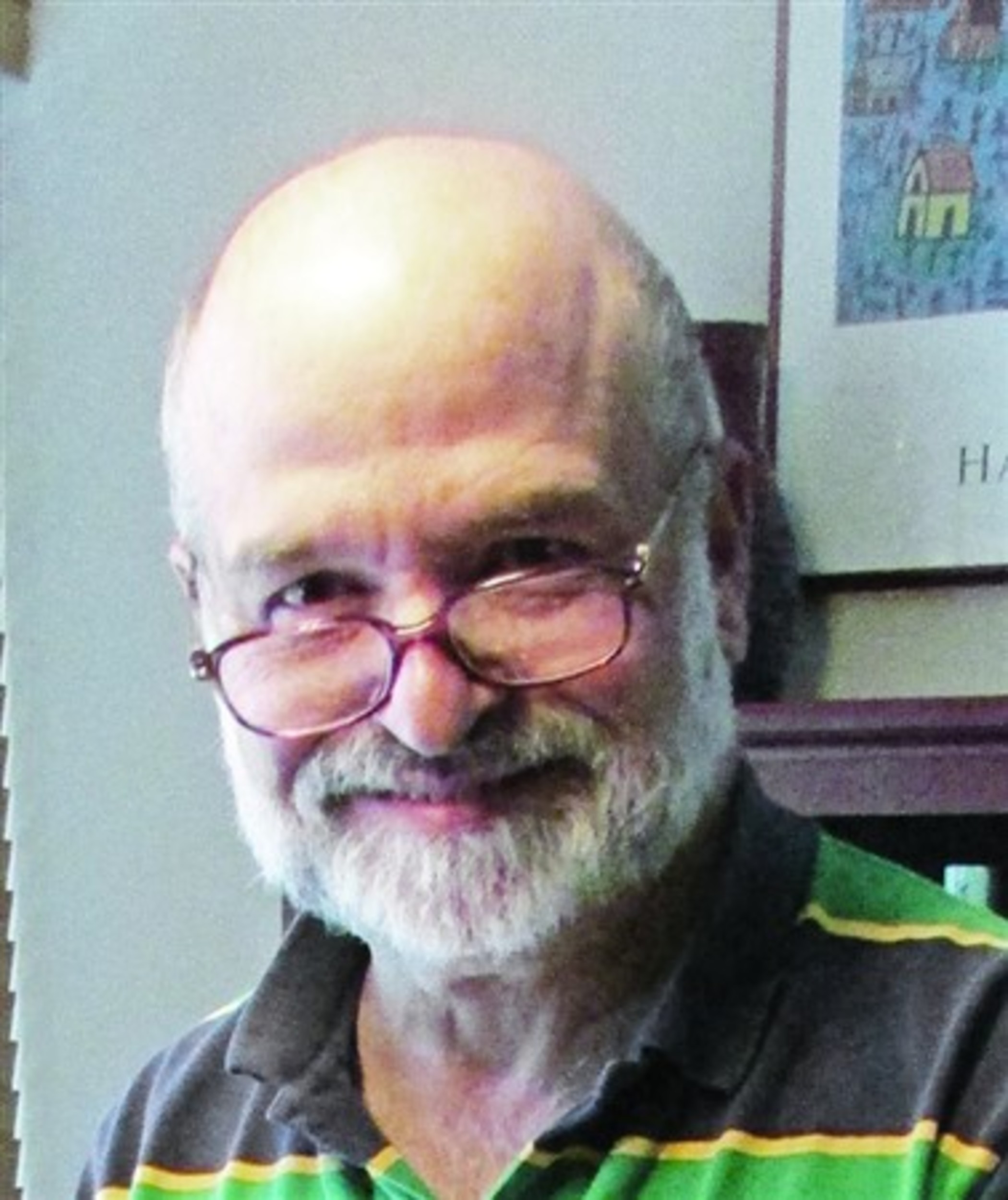Boston’s MFA, Jewish art and Providence connections
Could I have settled in New England without relatively easy access to Boston’s Museum of Fine Arts, one of America’s best? Probably not.
Even before Betsey and I were married, nearly 40 years ago, she and I began to explore many of New England’s stellar, hidden and quirky art museums, and I hope that we always will.
An art museum had, in some sense, brought us together. In 1982, when we met at a chamber music concert in LA, sponsored by a Jewish singles’ group, she mentioned that she had grown up in Andover, Massachusetts. I quickly pointed out that six years earlier I had visited the renowned Addison Gallery of American Art at Phillips Academy, in Andover. There weren’t exactly dozens of guys at that concert who’d been there.
Fortunately, Betsey’s parents and brother remained in Andover, so I have happily visited the Addison at least 100 times. Betsey and I would gladly donate a portion of our wonderful collection of Mexican folk art, but the Addison defines American art quite narrowly – in terms of the 50 states.
Of course, the MFA has one of America’s premiere collections of American art, which includes the amazing ensemble of folk art assembled and donated by Maxim Karolik, a Russian-born Jew who married a quite elderly and wealthy Brahmin and resided at her Newport “cottage.” (They probably didn’t meet at a Jewish singles party!)
As a great museum, the MFA’s collection spans millennia and circles much of the world. But not until recent decades, when it was essentially too late, did it embrace 20th-century modernism. No doubt part of this deficiency was due to its disregard for Jewish collectors, from whom the Harvard Art Museums obtained numerous and ravishing gifts.
Indeed, one of the university’s most dazzling collections came from Paul and Meta Sachs. Their grandson, Franklin Robinson, a Providence native, became one of the RISD Museum’s outstanding directors.
The MFA never planned to build a Judaica collection, but in 2010 it received a notable bequest from Jetskalina Phillips, a Dutch-born convert to Judaism who eventually settled in Kansas. Then, in 2013, Lynn Schusterman, a major Jewish philanthropist and collector from Tulsa, Oklahoma, following a recommendation from a Boston friend, donated her Judaica collection. Later, Schusterman’s Jewish friend, Joyce Linde, established her own MFA curatorship for folk art and works by other self-taught artists.
Over the past five years, much of the credit for the MFA’s considerable success goes to Simona Di Nepi, its quite talented and engaging Schusterman Curator of Judaica.
Though born in Rome, Di Nepi earned a bachelor’s degree at Tel Aviv University and then a master’s in art history at London’s Courtauld Institute of Art. She began her distinguished curatorial career at two of Britain’s glorious art museums, the National Gallery and the Victoria and Albert Museum, and later served as a curator at the Museum of the Jewish People, in Tel Aviv.
Regrettably, many Rhode Islanders, among others, will recall an unfortunate controversy regarding the MFA’s pursuit of some Judaic treasures. In 2012, some leaders of Newport’s Touro Synagogue thought that they could sell two masterpieces, a pair of 18th-century silver rimonim (Torah finials) to bolster its finances. New York City’s Shearith Israel Congregation, America’s oldest Jewish congregation and the owner of Touro’s land, synagogue and contents, strenuously objected to such a sale.
A bitter and protracted legal battle, which began in Providence’s District Court, ended in 2017, when the U.S. Court of Appeals for the 1st Circuit affirmed Shearith Israel’s ownership of the rimonim. Nevertheless, these extraordinary pieces are still on loan to the MFA, and they continue to embellish its august gallery of Newport art.
As Betsey and I discovered – almost by chance – on a recent visit to the MFA’s renowned Dutch galleries, the museum purchased an extraordinary pair of parcel-gilt silver rimonim two years ago. Crafted in Rotterdam in 1649, these are probably the oldest ever made in the Netherlands. The MFA acquired them at a Sotheby’s auction in 2020 from the collection of London’s United Synagogue. These masterpieces of Jewish ceremonial art were purchased with funds from the MFA’s Van Otterlo Center for Netherlandish Art. This American couple’s extraordinary gifts have elevated the MFA’s major Dutch holdings to an even loftier plateau.
In 2021, the MFA also benefited from a lovely gift of Judaica by a Providence family. An extraordinary, symbolic papercut, about 18” by 23”, was created by a folk artist, Sam Shore (1868-1944), who was born in Russia and settled with his large family in Providence in 1904. Shore is far better known for another creation, the folk art murals adorning Beth Jacob’s sanctuary, the last remaining synagogue in Providence’s North End, where he was also a president.
So how did the MFA’s Schusterman Curator, Simona Di Nepi, learn about Shore’s artistry? Fortunately, Elizabeth Berman, an art appraiser from Nahant, Massachusetts, who specializes in Judaica, helped make a shidduch with the family of Shore’s great-grandson, Charles Samuel Fishbein.
Unfortunately, the MFA’s marvelous papercut, embellished with watercolors, ink and graphite, has not yet been exhibited. But some day it might be joined by another, since the Fishbeins still own a larger example, which needs extensive and costly restoration.
I do not believe that art museums need to acquire fine examples of Jewish art merely to attract Jewish collectors and donors. Indeed, I’m opposed to collecting anything for the sake of political correctness. Rather, museums need to overcome traditionally narrow ways of defining, interpreting and valuing art for the enlightenment of humankind.
GEORGE M. GOODWIN, of Providence, is the editor of Rhode Island Jewish Historical Notes.








